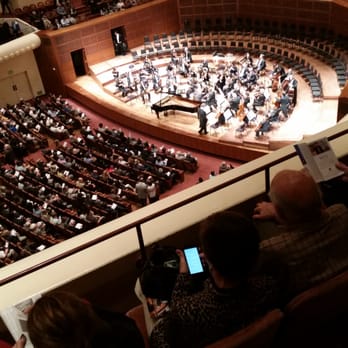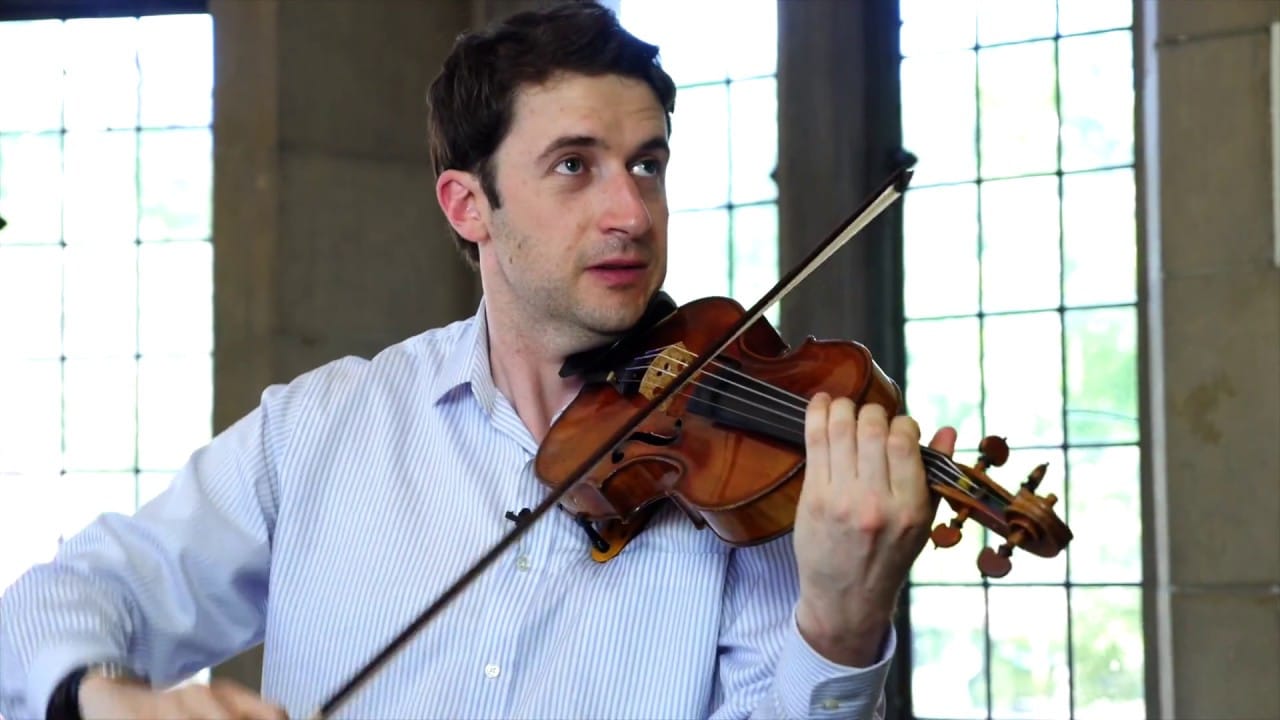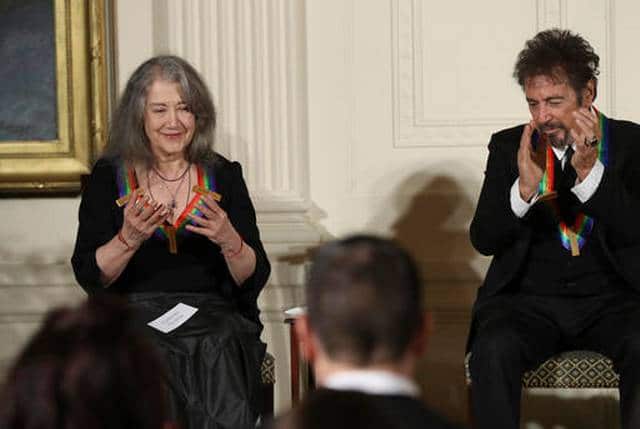What’s wrong with US orchestras today?
NewsA helpful laundry list from ArtsJournal’s Doug McLennan:
a structure driven by the need to raise ever-larger budgets,
a business model that no longer adequately services artistic needs
a stakeholder culture at war with itself,
a sclerotic backstage culture built for institutional production that increasingly doesn’t match a front-of-house culture richly served by competing offerings,
a star-driven music director model that no longer matches the orchestra’s artistic needs as they have evolved beyond the podium,
a culture that many young musicians feel is not enough personally creative or fulfilling,
inflexible rules and procedures that govern the work of the institution,
a failure to reconceive the structure of a top-down proprietary model into something that more accurately serves the mission of an orchestra (tech companies have figured this out for their industry, so why haven’t arts organizations?)
To which we might add:
a lack of executive entrepreneurship
a loss of music director imagination
a dependence on regular visitors
a fear to trust youth.
Read Doug’s analysis here.






Comments